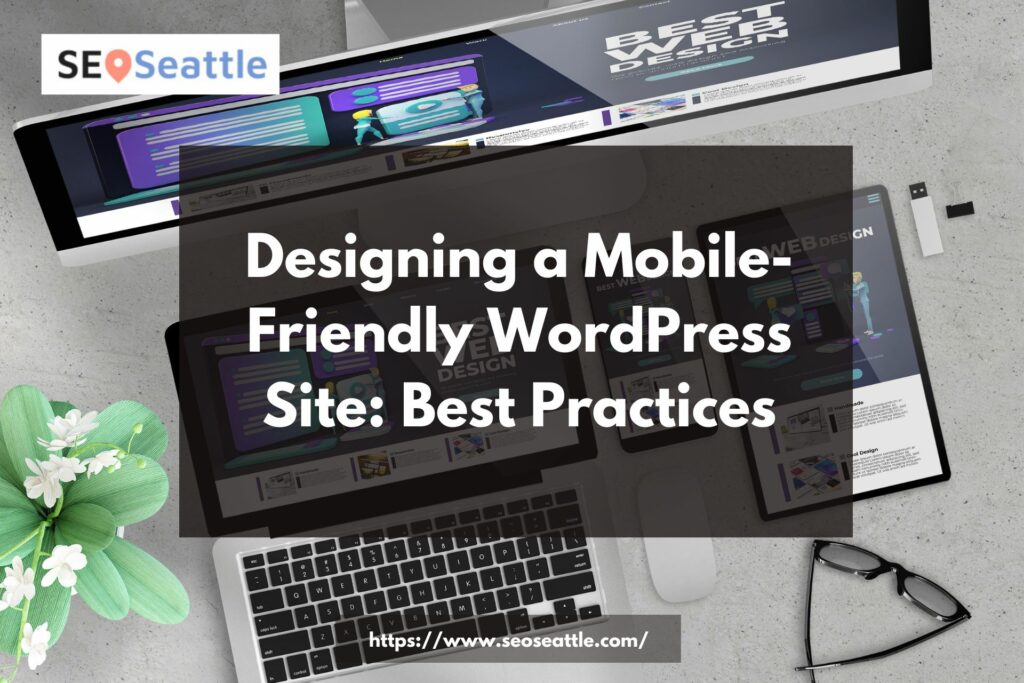In the realm of website design, crafting a mobile-friendly WordPress site stands as a pivotal practice. As the digital landscape surges with handheld devices, optimizing web content for mobile accessibility becomes imperative. We delve into the essential strategies and techniques to create a seamlessly responsive WordPress site that thrives in the mobile sphere.
Understanding Mobile-Friendly Design
Defining Mobile Responsiveness
Creating a mobile-friendly WordPress site revolves around responsiveness. It’s the ability of a website to adapt and display content seamlessly across various devices, ensuring an optimal user experience (UX).
Importance of Mobile Optimization
The shift towards mobile browsing underscores its significance. Search engines prioritize mobile-friendly sites, enhancing visibility and user engagement.
Best Practices for Mobile-Friendly WordPress Sites
Responsive Themes
Choosing responsive themes is fundamental. These themes adjust layout and content to suit different screen sizes without compromising aesthetics or functionality.
Optimized Images
Optimize images for faster loading on mobile devices. Compression and suitable formats enhance site speed and user experience.
Mobile-Friendly Plugins
Leverage WordPress plugins dedicated to mobile optimization. Plugins like WPtouch offer mobile-specific themes and features.
Streamlined Content
Craft concise and clear content. Break text into smaller paragraphs, utilize bullet points, and employ headings to enhance readability on mobile devices.
Navigation and User Interface
Simplify navigation for mobile users. Ensure buttons and menus are easily clickable and avoid cluttering the interface.
Testing and Optimization
Regularly test your site’s mobile-friendliness using tools like Google’s Mobile-Friendly Test. Optimize continually based on user feedback and emerging trends.
Conclusion
In the digital age, prioritizing mobile-friendliness is non-negotiable. Embracing responsive design, optimizing content and images, integrating suitable plugins, and fine-tuning user interface elements are vital. By adhering to these best practices, a mobile-friendly WordPress site not only enhances user experience but also stands poised for higher visibility and engagement.
Unique FAQs
Why is mobile-friendliness crucial for WordPress sites?
Mobile-friendliness impacts user experience, SEO rankings, and overall site performance.
Can any WordPress theme be made mobile-friendly?
Responsive themes are designed to adapt to various devices, ensuring mobile-friendliness.
How do I test if my WordPress site is mobile-friendly?
Tools like Google’s Mobile-Friendly Test assess a site’s mobile compatibility.
What role do plugins play in mobile optimization?
Plugins like WPtouch offer specific features to enhance mobile experience on WordPress sites.
Is mobile optimization a one-time task?
No, it requires continuous monitoring, testing, and adaptation to evolving trends.
